
 Katie Wood
Freediver, Writer, Explorer
Katie Wood
Freediver, Writer, Explorer

 Katie Wood
Freediver, Writer, Explorer
Katie Wood
Freediver, Writer, Explorer
In the pursuit of joy, we often find ourselves at a crossroads—pondering whether we are truly living an authentic experience or merely succumbing to the allure of being consumers of the world's newest and most sincere luxury item: adrenaline. This contemplation becomes particularly poignant when examining the cost of outdoor sports equipment, the consumer lifestyle prevalent in modern Western societies, and the alarming state of our environment.
The rising cost of outdoor sports equipment is a multifaceted issue that goes beyond the mere exchange of currency for gear. It delves into the intricate dynamics of consumerism, brand influence, and societal expectations. As we witness the surging prices of outdoor equipment, it prompts us to question whether this surge is a reflection of genuine advancements in technology and performance or if it's a symptom of a consumer-driven culture that places a premium on the latest and most high-end gear.
One significant factor contributing to the escalating costs is the continuous evolution of outdoor technology. Manufacturers invest heavily in research and development to introduce cutting-edge materials, innovative designs, and advanced features that promise to enhance performance and durability. While these advancements undoubtedly bring value, they also create a cycle of obsolescence, pressuring enthusiasts to upgrade their equipment regularly to stay at the forefront of the outdoor experience.
Moreover, the influence of branding and the psychological aspects of consumerism play a pivotal role. Outdoor sports have become intricately linked with identity and social status. Owning the latest gear from renowned brands is not merely about functionality but often about projecting a certain lifestyle and image. As a result, consumers may find themselves compelled to invest in expensive equipment to align with societal expectations or to fulfill a desire for recognition within the outdoor community.

Retail dynamics further exacerbate the issue. The markup on outdoor sports equipment is often influenced by various intermediaries, including manufacturers, distributors, and retailers. Each step in the supply chain adds its own margin, contributing to the final price consumers pay. This intricate network of players may not only drive up costs but also disconnect the end price from the actual production value of the equipment.
Additionally, the increasing popularity of outdoor activities has fueled demand, providing companies with the opportunity to set higher price points. The surge in interest has transformed outdoor sports from niche pursuits to mainstream activities, enabling manufacturers to cater to a broader market willing to invest substantially in their chosen adventures.
As the cost of outdoor sports equipment continues to rise, it raises concerns about accessibility. Outdoor recreation, once considered an activity for all, risks becoming an exclusive pursuit accessible only to those with the financial means to afford top-tier gear. This shift challenges the fundamental ethos of outdoor adventures as inclusive, community-driven activities.
In navigating this landscape, consumers must weigh the genuine value offered by new equipment against the allure of the latest trends. Finding a balance between functionality and cost, considering the lifespan of gear, and questioning the necessity of constant upgrades are crucial steps in resisting the pressure to conform to the consumerist narrative. Furthermore, advocating for transparency in pricing, supporting brands committed to sustainability and ethical practices, and fostering a culture that celebrates the diversity of outdoor pursuits can contribute to reshaping the narrative around the rising cost of outdoor sports equipment.

The consumer lifestyle ingrained in modern Western societies is a complex tapestry woven with the threads of materialism, individualism, and a constant pursuit of novelty. It extends far beyond the basic act of purchasing goods; it's a cultural phenomenon that shapes identities, influences social norms, and fuels a perpetual cycle of consumption. As we delve into the intricacies of this lifestyle, it becomes apparent that our choices as consumers extend beyond mere transactions—they are reflective of a broader societal mindset.
One of the defining features of the modern Western consumer lifestyle is the emphasis on personal expression and identity through possessions. The products we choose, from clothing and gadgets to cars and homes, are not just utilitarian items but extensions of ourselves. In a society that places a premium on individuality, the act of consumption becomes a means of articulating one's unique identity and signaling one's place within various social circles.
This emphasis on individual expression, however, is often paradoxical. While the pursuit of uniqueness is a driving force, it frequently leads to a homogenization of tastes and preferences. Trends, heavily influenced by media and advertising, guide consumer choices, creating a paradoxical scenario where individuals strive to stand out while conforming to prevailing fashions and lifestyles.
Moreover, the consumer lifestyle is closely intertwined with the concept of instant gratification. The rise of digital technology has enabled a culture of immediacy, where desires can be satisfied with a simple click or tap. This rapid pace of consumption not only fuels a throwaway culture but also perpetuates a mindset that prioritizes short-term satisfaction over long-term sustainability.

Consumerism in modern Western societies extends beyond the acquisition of goods; it encompasses the consumption of experiences. The constant pursuit of novel and exciting encounters has led to a thriving experience economy. From travel and dining to entertainment and adventure sports, individuals seek fulfillment through a continuous stream of experiences, often driven by social media validation.
This experiential consumerism, while providing moments of joy, has its drawbacks. It can lead to a sense of restlessness, where individuals are in a perpetual search for the next thrilling escapade. This pursuit of experiences as a form of status and self-fulfillment can inadvertently foster a culture of comparison, where one's worth is measured against the curated experiences of others.
The financial implications of the modern consumer lifestyle are significant. The desire for the latest gadgets, fashion, and experiences often results in increased spending and, in some cases, debt accumulation. The pressure to maintain a certain lifestyle, coupled with societal expectations, contributes to a cycle of continuous consumption, with individuals working tirelessly to afford the next desirable possession or experience.
Furthermore, the consumer lifestyle is intrinsically linked to environmental concerns. The production, transportation, and disposal of goods have profound ecological impacts. Fast fashion, electronic waste, and the carbon footprint associated with constant travel contribute to environmental degradation. The consumer lifestyle, when unchecked, can be a driving force behind unsustainable practices that exacerbate climate change and resource depletion.
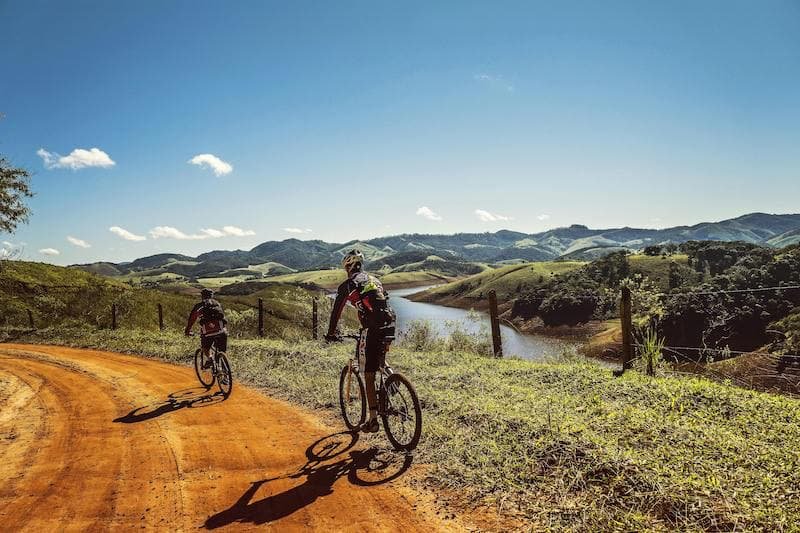
The pursuit of outdoor adventures, fueled by a desire for adrenaline and the thrill of exploration, comes with a set of profound environmental implications that demand our attention and contemplation. As we gear up for excitement, traverse breathtaking landscapes, and revel in the beauty of nature, it is crucial to acknowledge the impact our pursuits have on the very environment we seek to cherish.
One of the primary environmental concerns associated with outdoor pursuits lies in the production and disposal of the equipment that facilitates these adventures. The outdoor sports industry, driven by innovation and a constant demand for high-performance gear, relies heavily on the extraction of raw materials, energy-intensive manufacturing processes, and intricate supply chains. The result is a substantial carbon footprint associated with the creation of synthetic materials, the assembly of complex equipment, and the transportation of goods across the globe.
Research indicates that the environmental cost of manufacturing outdoor gear can be staggering. A study published in the 'Journal of Industrial Ecology' reveals that the production of a single jacket can contribute to greenhouse gas emissions equivalent to driving a car for over 50 miles. This alarming statistic highlights the need to scrutinize the life cycle of our gear and assess whether the pursuit of adventure is worth the ecological toll it imposes.
The disposal of worn-out or obsolete equipment further exacerbates environmental concerns. Outdoor enthusiasts, eager to upgrade to the latest models or replace damaged gear, contribute to the growing issue of electronic waste. Many outdoor products incorporate electronic components, such as GPS devices, fitness trackers, and other technological enhancements, which can be challenging to recycle responsibly. Consequently, mountains of discarded gear end up in landfills, releasing harmful substances into the soil and posing a threat to ecosystems.

Beyond the tangible environmental impacts of production and disposal, the very act of engaging in outdoor pursuits can disturb fragile ecosystems. Some recreational activities can lead to soil erosion, habitat disruption, and disturbance of wildlife. Popular destinations, once pristine and secluded, face increased foot traffic, placing additional stress on delicate ecosystems and contributing to the loss of biodiversity.
Climate change, a global crisis exacerbated by human activities, further intertwines with the environmental implications of our outdoor pursuits. The melting of glaciers, changes in precipitation patterns, and the alteration of temperature regimes directly affect the landscapes we seek to explore. The very places that offer us solace and adventure are, in turn, experiencing the consequences of a planet grappling with a changing climate.
To address these environmental challenges, a collective shift in mindset and behavior is imperative. Sustainable practices, both in the manufacturing and use of outdoor gear, can significantly mitigate the ecological impact. Choosing gear made from eco-friendly materials, opting for products with extended lifespans, and supporting brands committed to environmental stewardship are steps toward responsible consumption.
Furthermore, a reevaluation of our recreational choices and their impact on ecosystems is essential. Responsible outdoor enthusiasts tread lightly, following Leave No Trace principles, respecting trail and ocean etiquette, and advocating for the preservation of wilderness areas. Engaging in activities that foster environmental awareness and conservation, such as volunteering for trail maintenance or participating in clean-up initiatives, can contribute positively to the ecosystems we cherish.
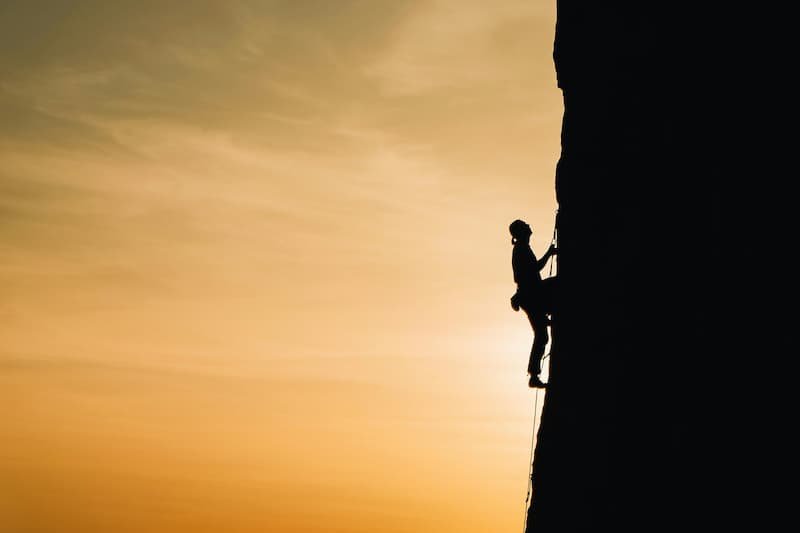
The marketing of dreams is a powerful and pervasive force that permeates modern societies, influencing our aspirations, desires, and even the essence of our identity. Nowhere is this phenomenon more evident than in the realm of outdoor sports and adventure. The outdoor industry has mastered the art of selling not just products but a carefully curated dream—a dream of a vivid and free life, an escape from the mundane, and the promise of self-discovery against the backdrop of awe-inspiring landscapes.
In the era of social media and digital connectivity, outdoor brands have become adept at constructing narratives that tap into our deepest yearnings. Through captivating visuals, compelling storytelling, and strategic branding, these companies craft an idealized version of the outdoor lifestyle that transcends the mere act of buying gear. The marketing of dreams extends beyond the functional attributes of a product; it sells an experience, an identity, and a vision of a life well-lived.
At the heart of this marketing strategy lies the promise of authenticity. Outdoor brands position themselves not just as providers of equipment but as gatekeepers to genuine experiences. The imagery associated with their campaigns often features rugged landscapes, fearless adventurers, and the pursuit of moments that defy the ordinary. In doing so, they sell not only products but a narrative that suggests that by owning their gear, consumers can access a lifestyle synonymous with authenticity and self-discovery.
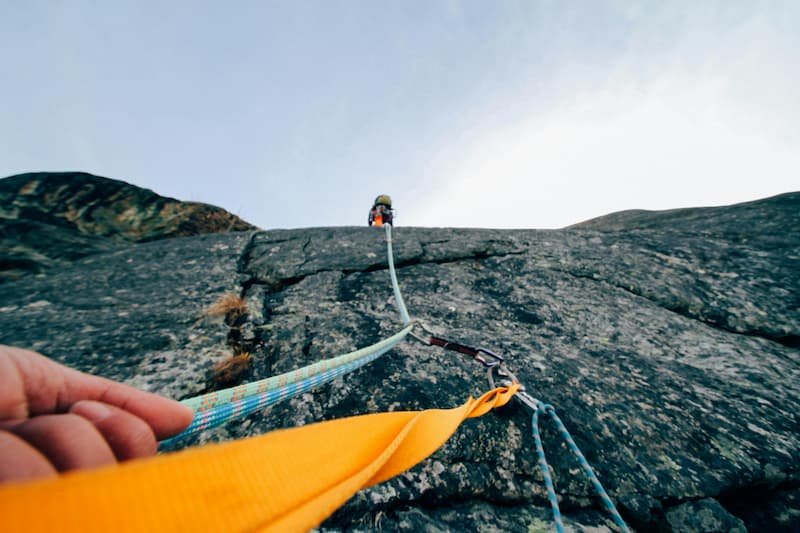
This marketing approach cleverly taps into the human psyche's desire for meaning and connection. It exploits our innate longing for experiences that transcend the ordinary, suggesting that by participating in outdoor pursuits, we are not just buying gear but investing in a transformative journey. The allure of standing on mountaintops, conquering the deep oceans, or immersing ourselves in the serenity of nature becomes inseparable from the products these brands sell.
However, the marketing of dreams is not without its ethical dilemmas. The narrative crafted by outdoor brands often teeters on the edge of romanticization, presenting an idealized version of the outdoor lifestyle that may not align with the reality of these experiences. The images of unspoiled landscapes and solitary adventures can inadvertently contribute to the overcrowding of popular outdoor destinations, leading to environmental degradation and a dilution of the authenticity these brands promise.
Moreover, the emphasis on an exclusive and aspirational outdoor lifestyle may perpetuate a culture of exclusion. The dream being sold often comes with a hefty price tag, making it accessible primarily to those with the financial means to afford top-tier gear and frequent excursions. In this way, the marketing of dreams can contribute to a socio-economic divide, where the pursuit of authenticity becomes a privilege rather than a universal right.
As consumers, it is essential to approach the marketing of dreams with a critical eye. Questioning the authenticity of these narratives, scrutinizing the environmental impact of the products being sold, and evaluating the inclusivity of the dreams being marketed are imperative steps in navigating this landscape. By becoming conscious consumers, we can engage in outdoor pursuits for the genuine love of adventure rather than as participants in a commercialized dream.
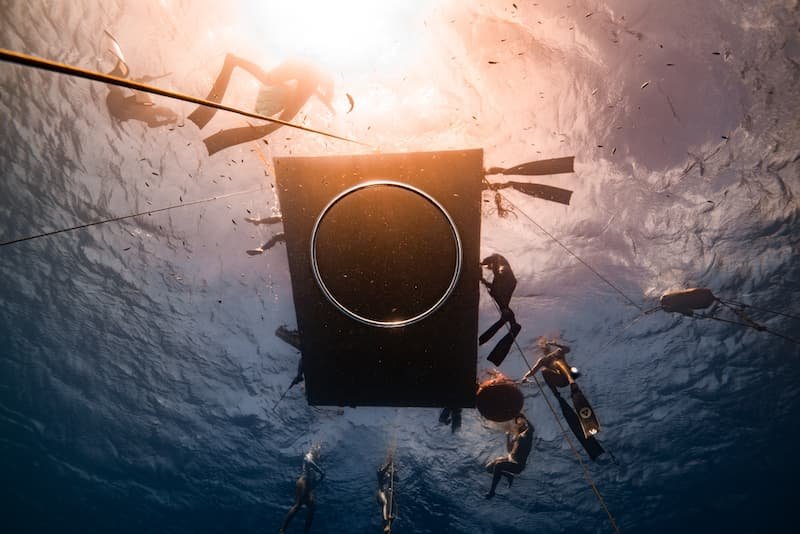
Finding a responsible balance in our pursuit of outdoor adventures is an imperative and conscientious journey that requires a nuanced approach. As we navigate the exhilarating landscapes and thrilling experiences that nature has to offer, it becomes crucial to strike a harmonious equilibrium between our passion for adventure and the ethical responsibilities that come with it.
The first cornerstone of achieving a responsible balance lies in conscientious consumer choices. This entails scrutinizing the environmental impact of the gear we acquire, making informed decisions about the products we support, and acknowledging the ecological footprint associated with our choices. Opting for gear made from sustainable materials, endorsing brands committed to environmentally friendly practices, and embracing a "less is more" philosophy can significantly reduce our contribution to the consumer-driven environmental crisis.
A key aspect of responsible consumption is the deliberate choice to support the second-hand market. Rather than succumbing to the allure of the latest models and trends, considering pre-owned gear not only promotes sustainability but also extends the lifespan of products, reducing the demand for new manufacturing. This approach aligns with the ethos of reducing, reusing, and recycling, minimizing our impact on the environment while still allowing us to enjoy the adventures we love.
Moreover, fostering a culture of repair and maintenance is pivotal in finding a responsible balance. Instead of readily discarding damaged gear, exploring avenues for repair and restoration can extend the life of equipment. Many reputable outdoor brands offer repair services, encouraging consumers to invest in durability rather than perpetuating a culture of disposability. This mindset not only reduces waste but also fosters a connection with our belongings, reinforcing the notion that our gear is more than a commodity—it is a valuable and cherished companion in our outdoor pursuits.
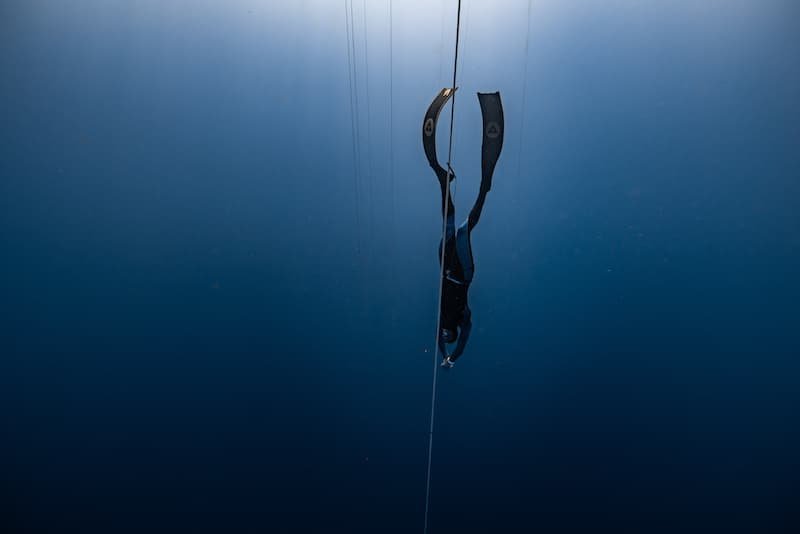
The responsible balance extends beyond our gear choices to the very essence of the adventures we embark upon. Adhering to Leave No Trace principles becomes paramount in ensuring that our presence in nature does not leave a detrimental impact. Respecting trails, minimizing disturbances to wildlife, and advocating for responsible outdoor ethics are essential components of this ethos. By adopting a mindset of stewardship, we become custodians of the environments we explore, preserving their beauty for future generations.
Community engagement plays a vital role in finding a responsible balance. By participating in conservation initiatives, supporting local environmental organizations, and contributing to maintenance efforts, outdoor enthusiasts become active contributors to the well-being of the spaces they love. Collaborative efforts amplify the impact of individual actions, fostering a sense of shared responsibility and a collective commitment to preserving the natural world.
Education also plays a pivotal role in cultivating a responsible balance. Promoting awareness about the environmental impact of outdoor pursuits, encouraging sustainable practices, and fostering a deep appreciation for nature's fragility instill a sense of responsibility among the outdoor community. Informed individuals are better equipped to make conscious choices, ensuring that their adventures align with ethical and sustainable principles.